Lab Members
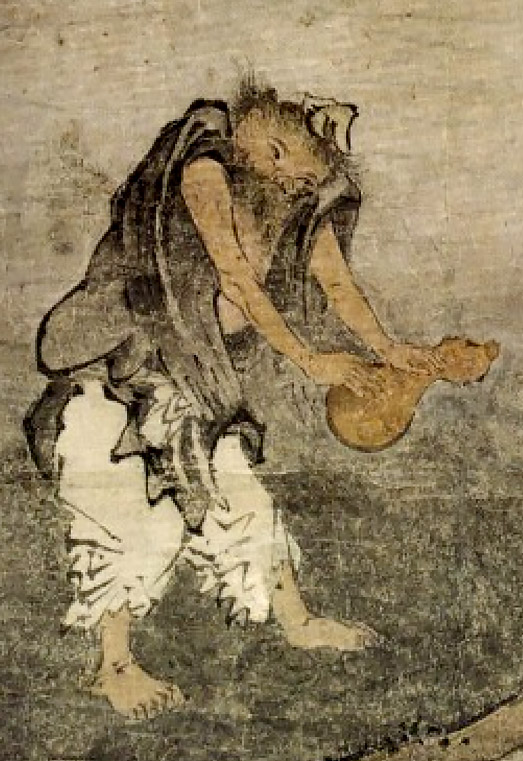
Joe Neigel
Professor Emeritus
Joe joined the faculty of UL Lafayette in 1987 and retired to emeritus status in 2017. He taught undergraduate courses in genetics and evolution and graduate courses in population genetics, systematic methods and molecular evolution. His research interests include population genetics, molecular evolution, marine ecology and conservation biology.
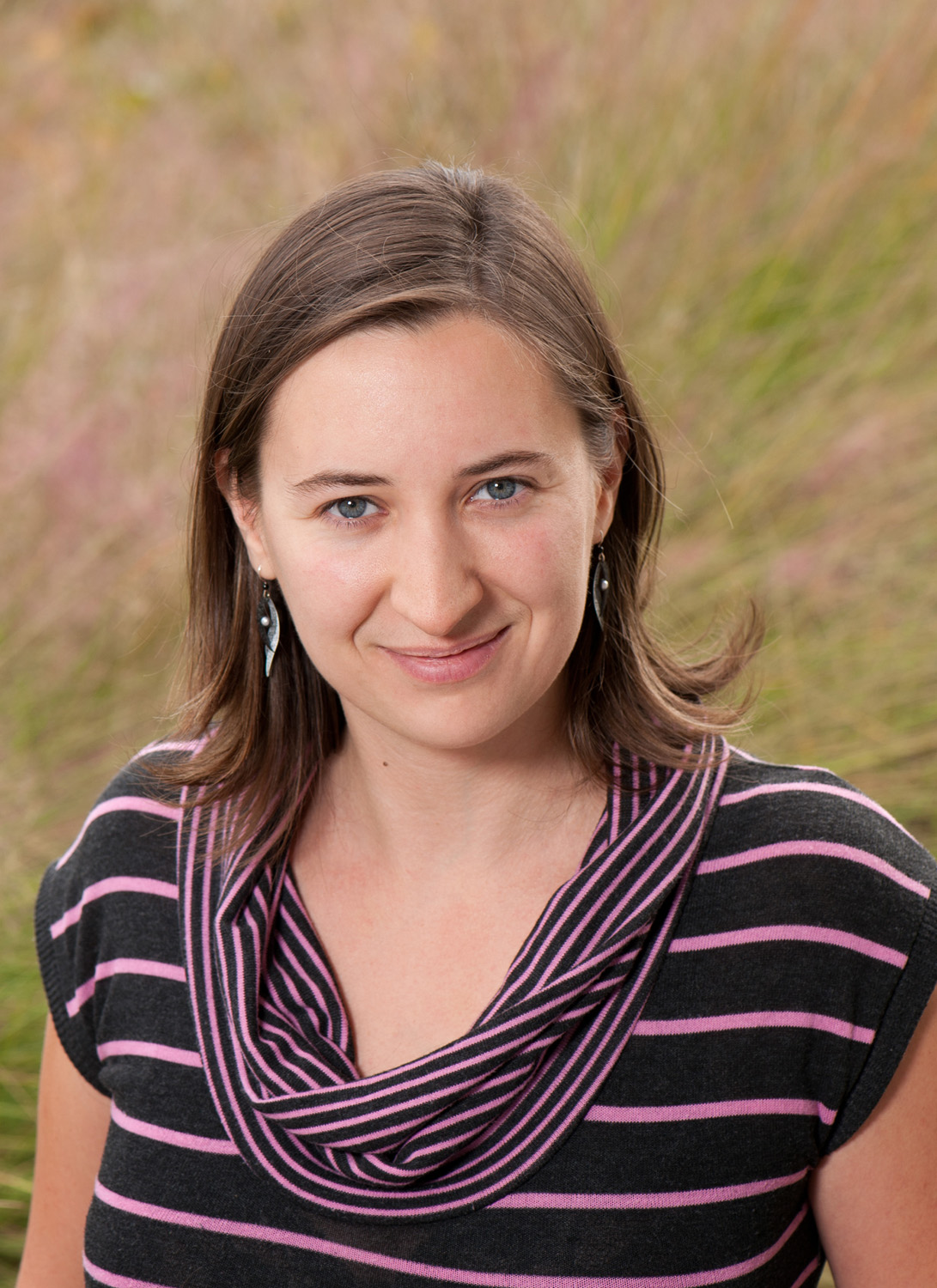
Sophie Plouviez
Post-doctoral research associate
Sophie is a population geneticist who has specialized in deep-sea invertebrates. Joe met Sophie on a Gulf of Mexico SEEP-C cruise in 2014, and Sophie joined the lab later that year to work on the population genetics of blue crabs. She now teaches and manages the core facility in the Department of Biology at UL Lafayette.

Tim Sullivan
Doctoral Fellow
Tim joined the Neigel lab in 2012 and received his Ph. D. in 2017. His dissertation was concerned with temporal genetic variation in blue crab settlement and the molecular ecology of blue crab pathogens. Tim was a post-doc in Erica Westerman’s lab at the University of Arkansas from 2017-18, where he is investigated genetic variants and patterns of gene expression underlying learned mate preferences, movements, and foraging decisions in the butterfly Bicyclus anynana. Tim is now a researcher at the Gloucester Marine Genomics Institute, where he is developing applications of molecular biology to fisheries ecology and management. You can learn more about Tim on his site: http://timothyjsullivan.weebly.com/.
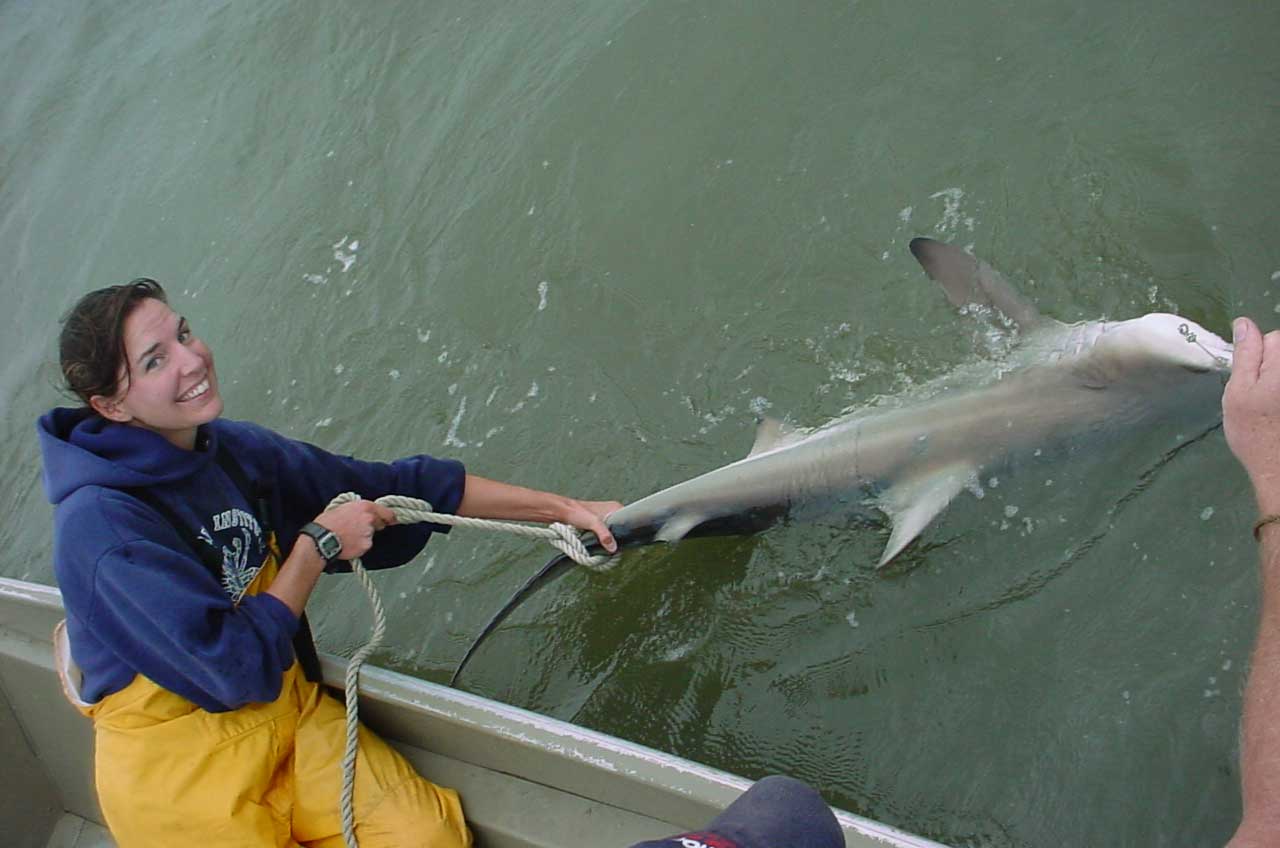
Bree Yednock
Doctoral Fellow, Post-Doc
After a few warm-up projects (gobies, corals, etc.) Bree developed a dissertation on the population genetics of blue crabs that led to a study of the effects of oil spills on blue crabs (Callinectes sapidus) after the Deepwater Horizon oil spill. Thanks to Bree’s pioneering work, we now have transcriptomes sequenced for both the blue crab and the “lesser” blue crab, C. similis, as well as baseline data to look at the effects of the Deepwater Horizon oil spill on blue crabs in the Gulf of Mexico. After doing a brief post-doc in our lab, Bree landed her dream job as Lead Scientist for the South Slough National Estuarine Research Reserve in Coos Bay, Oregon. .

Matt Starr
Master's Student
Matt’s thesis was concerned with evolution of slipper limpets in the genus Crepdiula. Using molecular evolutionary methods, Matt found evidence for selection on genes involved with stress responses. .Matt was co-advised with Rachel Collin, director of the Bocas Research Station of the Smithsonian Tropical Research Institute in Panama.
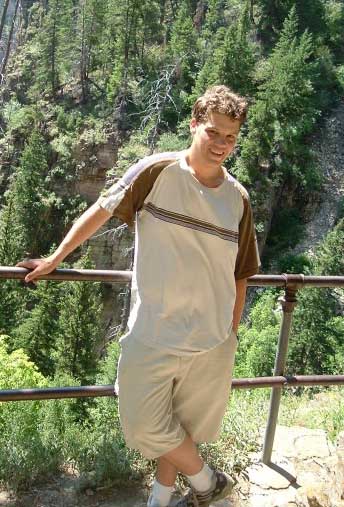
Brendan Cornwell
Master's Student
Brendan combined brute force with elegance by hand-picking hundreds of larvae of the crab Hemigrapsus oregonensis from plankton samples, extracting DNA from each with some help Ethel, our temperamental lab robot and then using Taq Man probes to genotype them for a highly informative SNP in the mitochondrial COI gene. His project also involved collecting crabs from the beautiful Sonoma Coast, with stops at virtually every coffee shop between Point Reyes and Jenner. Brendan is now pursuing a doctorate in Rick Grosberg’s lab at UC Davis.
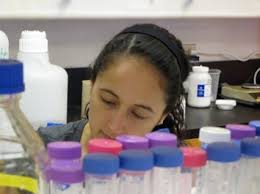
Camila Granados-Cifuentes
Doctoral Student
Camila’s dissertation addressed the timely question of how reef-building corals might adapt to global warming. There are two ways in which coral populations might develop resistance to higher temperatures: changes in the host or changes in the algal symbiont. Camila’s research examined variation in both components. She found that there is considerable baseline variation among individual corals in patterns of gene expression, even before heat stress occurs. Camila also examined the diversity of free-living Symbiodinium in reef-associated environments and found the abundances of different types varied among habitats and over time. In addition, Camila developed a new molecular marker (an hsp70 gene) for resolving relationships among types of Symbiodinium and a new PCR method for rapid identification of Symbiodinium isolates. Camila is now an Assistant Professor at Baruch College, City University of New York.
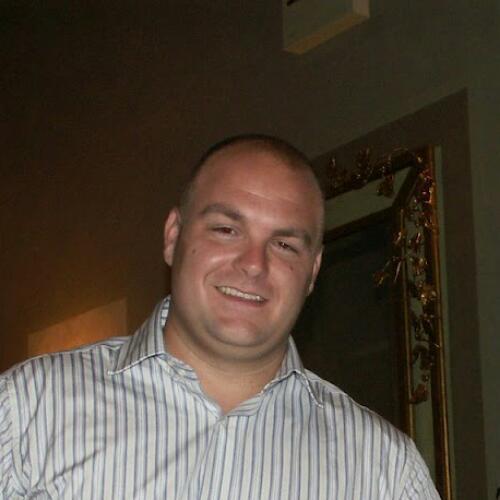
Kevin Purcell
Post-Doc
Kevin worked with colleagues in CACS (Center for Advanced Computer Studies) and LITE (Louisiana Immersive Technology Enterprise) to develop interactive visualizations of patterns of amino acid replacement on 3D protein structures. Kevin is now Chief Data Scientist at WildFig Data, and adjunct professor of analytics at Harrisburg University of Science and Technology.

Joel Stake
Doctoral Student
For his dissertation, Joel tackled the molecular systematics of corals, which turned out to be an incredible challenge, especially since many of the “species” in one of the groups he picked to work on (the genus Porites) turned out not to be species (the challenge is convincing traditional coral systematists). Joel is presently a lecturer at Louisiana Tech.
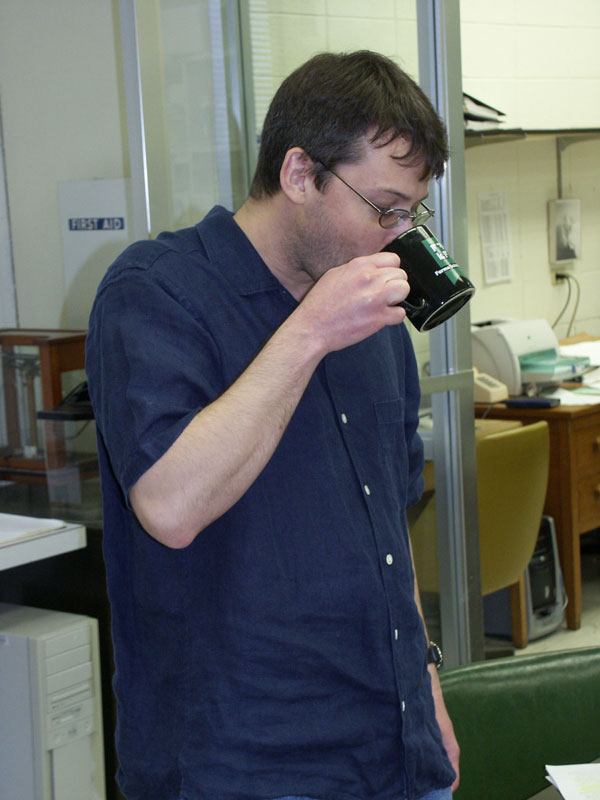
Brian Mahon
Doctoral Student
Brian took his interest in crustacean molecular systematics beyond using the standard approach to find better approaches. He showed that compositional bias produced systematic errors in decapod phylogenies based on mitochondrial DNA, and not content to merely point out the problem, offered the nuclear gene for arginine kinase as a robust alternative. Brian is now a professor at Houston Community College

Alana Domingo
Master's Student
Alana, a native of Panama, learned of our lab from colleagues at the Smithsonian Tropical Research Institute (STRI). After completing an impressive master’s thesis that involved picking hundreds of goby larvae from plankton samples and DNA barcoding them, Alana returned to STRI to pursue a Ph.D. on connectivity among reef fish populations.
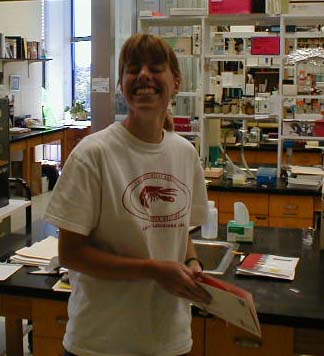
Lanie Bourgeois
Doctoral Student
Lanie studied population structure in thalassinidians, shrimp-like decapods that construct burrows in soft sediments. One of the species she investigated, Callichirus islagrande, provided a beautiful example of the difference between genetic population structure and phylogeographic structure, illustrating both on surprisingly small spatial scales. Lanie now works as a Research Molecular Biologist at the USDA Honey Bee Lab in Baton Rouge, Louisiana, where she is developing methods to detect pathogens in bees and investigating the genetic basis of resistance to pathogens.

Bill Jordan
Post-Doc
Bill was a member of the lab from 1991 to 1993. He tackled two very different projects: olfactory receptor genes in Atlantic Salmon and chloroplast gene variation in duckweeds. Both lines of work produced highly-cited papers. After his time with us, Bill moved to Crete for a post-doc at the Institute of Molecular Biology and Biotechnology. In 1995 he joined the Institute of Zoology in London as a research fellow and in 2011 became the theme leader in Genetic Variation, Fitness & Adaptability. Bill was a great colleague, a talented researcher, a supportive mentor and a wonderful friend. Sadly, Bill passed away unexpectedly in 2011. A tribute from his colleague Kate Ciborowski at the Institute for Zoology can be found here. Pictured: Joe and Bill (on right) at the London Zoo, August 1999.

Mark Courtney
Visiting Scientist
While Mark was the the program director for NSF’s Population Biology program, he did a one-year sabbatical in my lab (no, I didn’t get all my proposals funded after that). Mark worked closely with Bill Jordan on chloroplast DNA variation in duckweeds, and ran the most beautiful ethidium-stained agarose gels I’ve ever seen. Mark has since retired from NSF, and now spends much of his time composing and performing music.

Julie Sprague
Master's Student
Julie worked in the lab both as a technician and a master’s student. Her thesis was on repetitive DNA sequences in stone crabs.

Tim Kim
Master's Student
Tim was the lab’s first Master’s student, and the only student in the lab to work on a theoretical question. Tim ultimately decided to leave science for the real world. He is now a VP at Public Storage, a Fortune 500 company.

Robin Schneider-Broussard
Doctoral Student
Robin was our lab’s first graduate student, which meant that for her study of genetic variation in stone crabs she sequenced mitochondrial DNA with 32P and two-foot long acrylamide gels run at thousands of volts. Robin also ran countless Southern Blots to look at variation in nuclear genes. Robin made some surprising discoveries. She showed that the separation between Gulf and Atlantic Stone crabs (Menippe adina and M. mercenaria) occurred much more recently than anyone suspected, and she was the first to discover a mitochondrial pseudogene in the nuclear genome of a crustacean. Robin worked as a cancer researcher and lab manager at the M.D. Anderson Cancer Center for ten years, and most recently returned to Lafayette to become our university’s Research Compliance Coordinator and raise her family,
